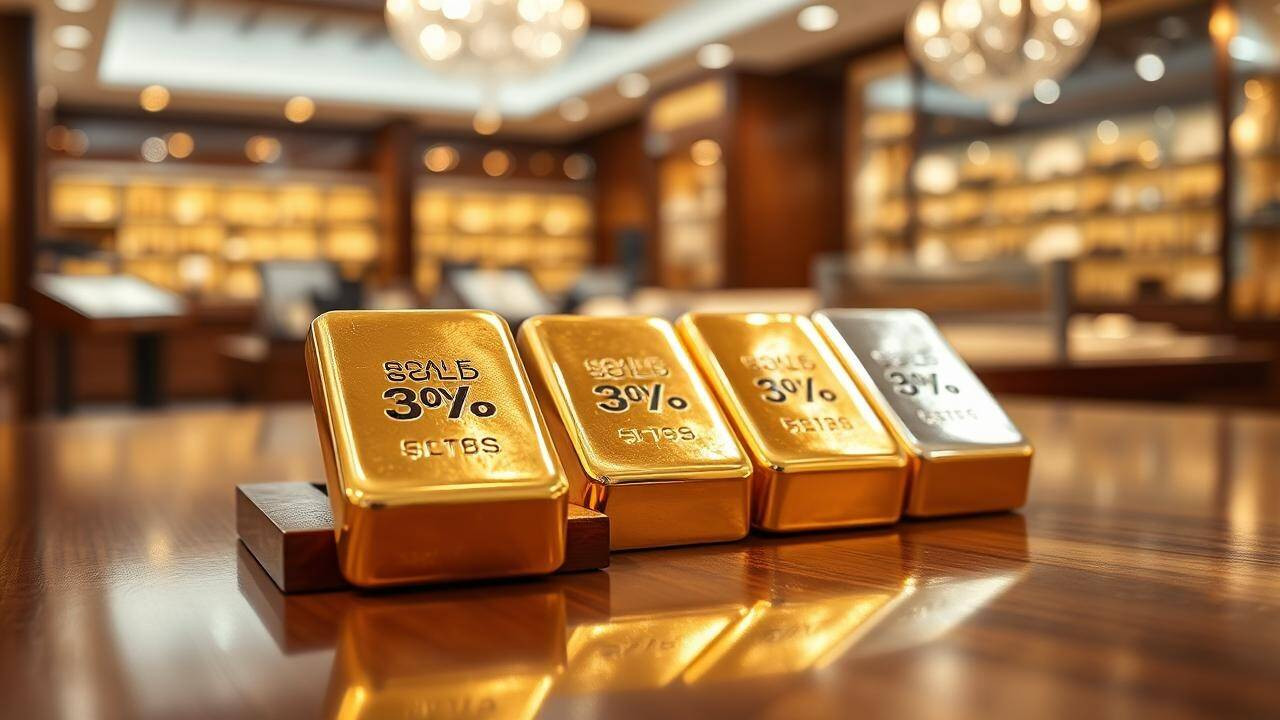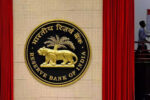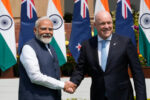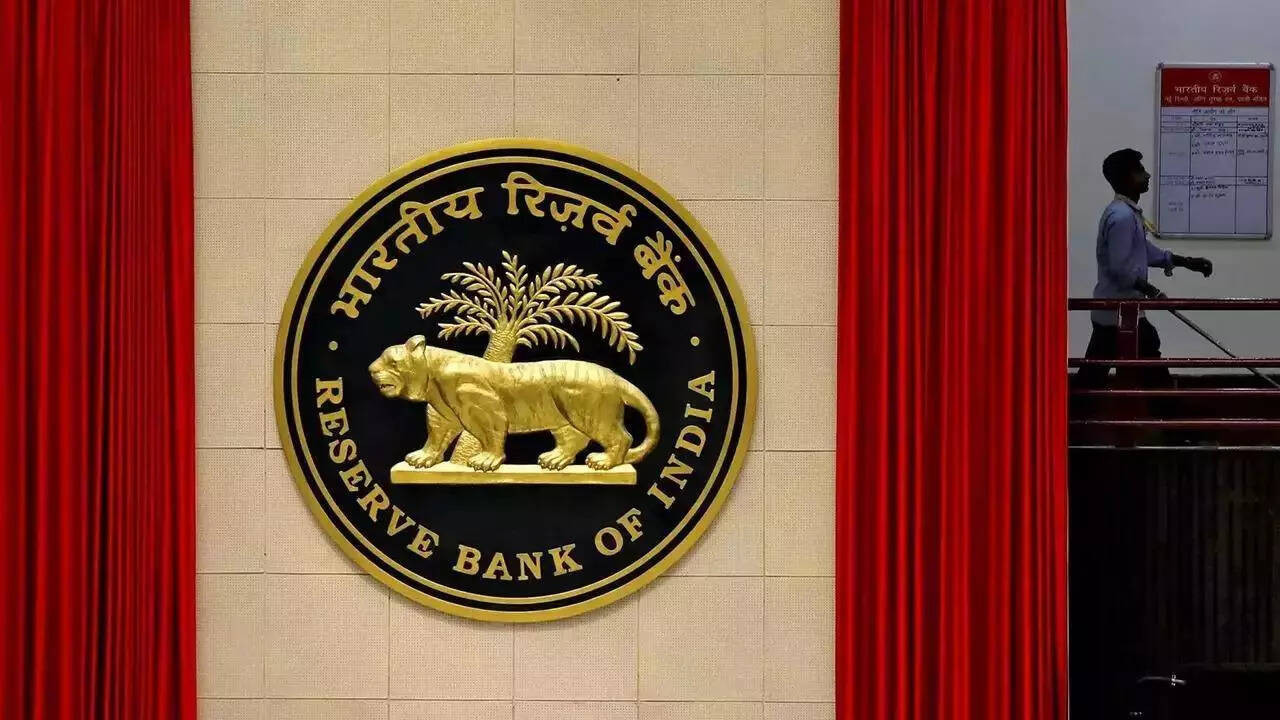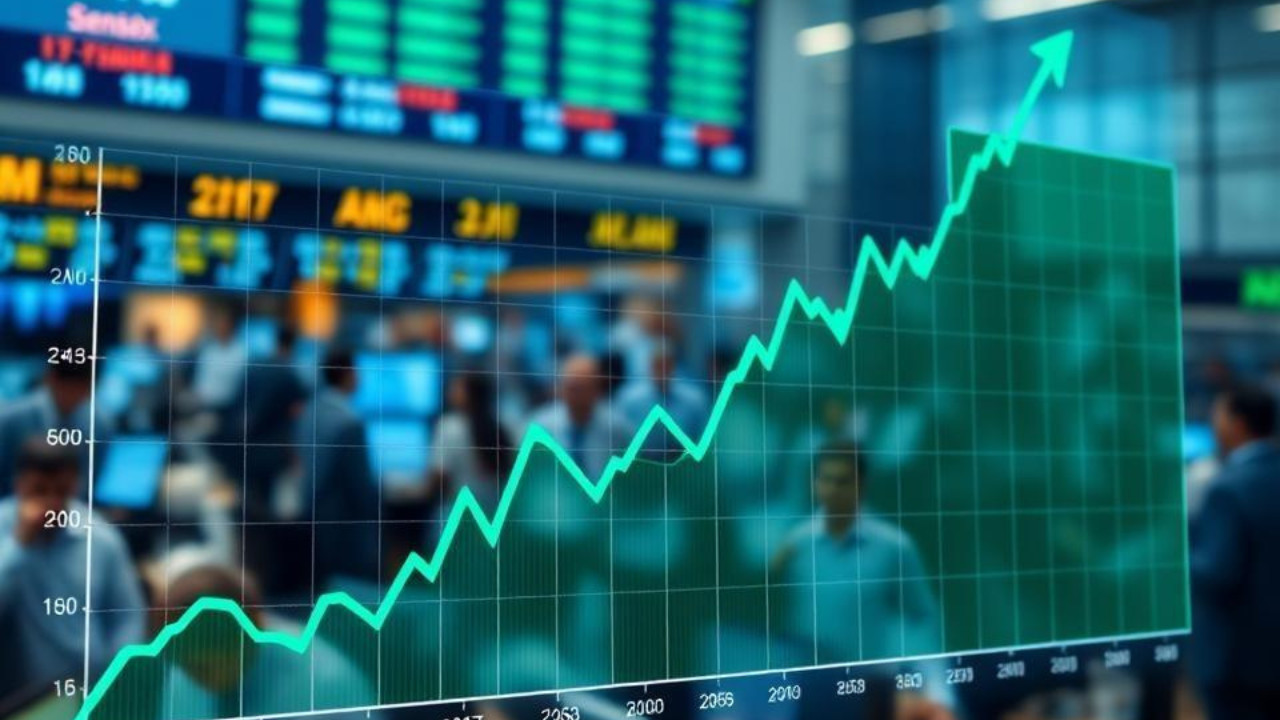Gold and silver prices in India experienced a significant correction this week after reaching record highs, driven by profit-booking and a stronger US dollar. Analysts anticipate market consolidation ahead of global central bank meetings and trade developments, with a bullish long-term outlook for both precious metals.
Gold and Silver Take a Breather: What’s Next for Precious Metals?
After a thrilling climb that sent gold and silver prices soaring to record highs, the precious metals market is experiencing a bit of a pullback. It’s as if the marathon runners have finally paused to catch their breath, and everyone’s wondering: is this just a brief respite, or a sign of a deeper shift in momentum?
The recent surge in gold and silver prices was fueled by a potent cocktail of factors. Geopolitical tensions, persistent inflation fears, and the anticipation of interest rate cuts by major central banks all contributed to the rally. Investors, seeking safe havens amidst global uncertainty, piled into these traditionally reliable assets, driving prices to unprecedented levels. Now, with the initial excitement fading, a period of consolidation seems to be underway.
So, what’s driving this correction? Several elements are at play. Profit-taking is a major factor. Many investors who rode the wave up are now choosing to cash in their gains, naturally leading to a dip in prices. Additionally, slight improvements in economic data and shifting expectations around interest rate cuts could be dampening the enthusiasm for safe-haven assets, at least temporarily. The dollar’s relative strength also exerts downward pressure, as a stronger dollar typically makes gold and silver more expensive for international buyers.

Understanding the Gold and Silver Correction: Is it Time to Panic?
Absolutely not. Corrections are a normal and healthy part of any market cycle. Think of it like a tree swaying in the wind. It might bend significantly, but it eventually springs back. Similarly, a correction in the gold and silver market doesn’t necessarily signal a long-term decline. Instead, it provides an opportunity for the market to stabilize and for investors to reassess their positions. This period of sideways movement allows the market to absorb the recent gains and build a more solid foundation for future growth.
Moreover, the underlying factors that initially drove the rally haven’t completely disappeared. Geopolitical risks remain elevated, and inflation, while showing signs of moderation, is still a concern in many parts of the world. Central banks are still expected to eventually ease monetary policy, which could provide renewed support for gold and silver.
Navigating the Current Market Landscape: What Should Investors Do?
For those who already hold positions in gold and silver, this correction could be viewed as a buying opportunity. Lower prices allow investors to add to their holdings at a more favorable entry point. However, it’s crucial to approach this with a long-term perspective and avoid making impulsive decisions based on short-term market fluctuations. Dollar-cost averaging – investing a fixed amount of money at regular intervals – can be a sensible strategy during volatile periods.
For those considering entering the market, this dip presents a chance to get in at a potentially lower price. Before jumping in, it’s important to conduct thorough research and understand your own risk tolerance. Consider diversifying your portfolio and allocating only a portion of your investments to precious metals. Remember that diversification is key to managing risk and maximizing returns in the long run.
Staying informed is also essential. Keeping abreast of global economic developments, geopolitical events, and central bank policies will help you make more informed investment decisions. Follow reputable financial news sources and consult with a qualified financial advisor to get personalized guidance.
The Future of Precious Metals: Consolidation Before the Next Rally?
The million-dollar question, of course, is what lies ahead for gold and silver. While predicting the future with certainty is impossible, the consensus seems to be that the current correction is likely to be followed by a period of consolidation. This means that prices could trade within a relatively narrow range for some time as the market digests the recent volatility.
Eventually, the underlying drivers of demand are expected to reassert themselves. Continued geopolitical uncertainty, persistent inflation concerns, and the eventual easing of monetary policy are all factors that could push gold and silver prices higher in the long term. Moreover, the increasing adoption of renewable energy technologies, which require silver for solar panels and other applications, could provide an additional boost to silver demand. Learn more about investing trends and strategies on our resource page.
In conclusion, the current gold and silver correction shouldn’t be cause for alarm. It’s a natural and expected part of the market cycle. By staying informed, managing risk prudently, and maintaining a long-term perspective, investors can navigate this period of consolidation and position themselves to benefit from the potential future upside of precious metals. The key is to remain patient, avoid knee-jerk reactions, and focus on the fundamentals that continue to support the long-term investment case for gold and silver.
